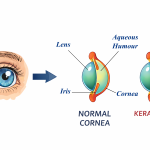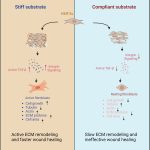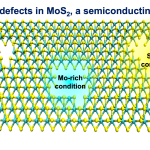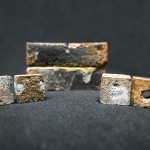
Cartilage is a type of connective tissue that acts as a shock absorber and deters abrasion between bones. Although it is usually tough and flexible, injuries, hormonal abnormalities or diseases can cause damage and make it hard for the cartilage to heal. Recent advances are focused on using polymers called hydrogels to replace injured or diseased cartilage. Despite having some properties needed for cartilage tissue repair, commonly-used hydrogels made of polyacrylamide (PAM) lack the required mechanical strength and puncture resistance.
Researchers at the Departments of Materials Engineering, Mechanical Engineering and Inorganic and Physical Chemistry in IISc have now developed hybrid hydrogels by combining PAM with either carbon nanotubes (CNTs) or titanium dioxide (TiO2) or both. They also carried out computational studies to understand the binding features and structure of these hybrid hydrogels.
The study, designed by postdoctoral fellow Shikha Awasthi, found that the most stable composite hydrogel (PAM+TiO2+CNT) had remarkable self-healing ability, high mechanical strength, and compatibility with biological tissue. Its dense and compact structure helps it withstand degradation. The researchers also used a method called needle insertion to show that the hybrid hydrogel is puncture-resistant. Such materials offer great promise for cartilage repair applications.






